NorthO
Contributor
Hi!
A little help would be greatly appreciated!
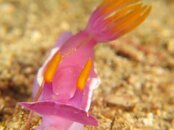
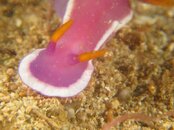
I'm guessing some kind of hypselodoris, but which one? (Puerto Galera, Philippines)
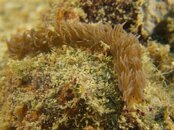
Pteraeolidia ianthina? (Puerto Galera, Philippines)
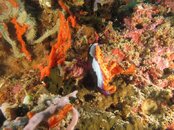
Nembrotha Chamberlaini? I'm hesitating because the base of the rhinophores and gills is dark purple, and it looks blue-ish instead of white... (Verde Island, Philippines)
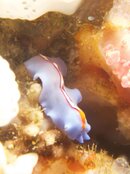
Some kind of flatworm from Puerto Galera
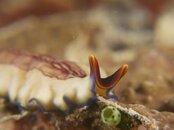
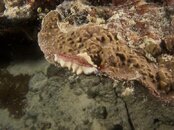
I was thinking pseudoceros monostichos, but the center line goes all the way to the front and the brown lines on each side have a distinct border... (Palau)
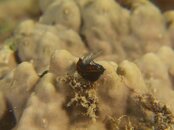
And the last one... Haven't got a clue! Under a centimetre in length. Juvenile? (Moalboal, Cebu, Philippines)
Thanks!!!
A little help would be greatly appreciated!


I'm guessing some kind of hypselodoris, but which one? (Puerto Galera, Philippines)

Pteraeolidia ianthina? (Puerto Galera, Philippines)

Nembrotha Chamberlaini? I'm hesitating because the base of the rhinophores and gills is dark purple, and it looks blue-ish instead of white... (Verde Island, Philippines)

Some kind of flatworm from Puerto Galera


I was thinking pseudoceros monostichos, but the center line goes all the way to the front and the brown lines on each side have a distinct border... (Palau)

And the last one... Haven't got a clue! Under a centimetre in length. Juvenile? (Moalboal, Cebu, Philippines)
Thanks!!!




